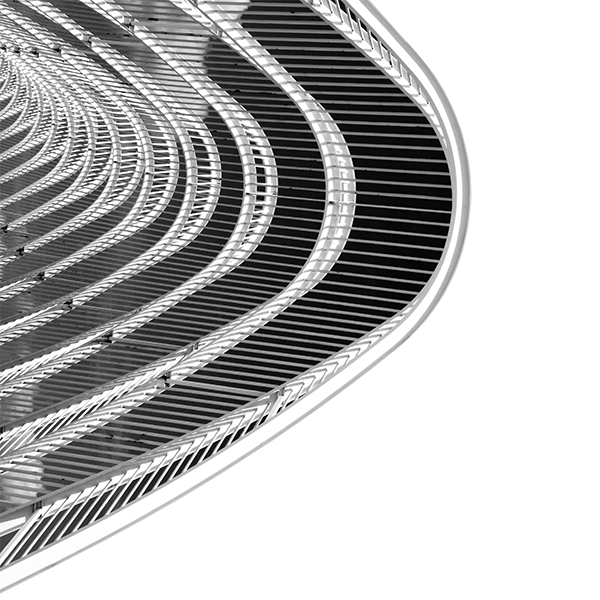Simulating Air Electrostatic Discharge: Examples and Workflow
Topic:
Simulating Air Electrostatic Discharge: Examples and Workflow
Presenter:
Jennifer Kitaygorsky, EMA PhD Principal Scientist
Abstract:
ESD (electrostatic discharge) testing is required for most electronic products. While contact ESD testing is desired because it’s easily controllable and quantifiable, it becomes less and less applicable in an era of ubiquitous handheld devices. This means that Air ESD has become a common method of testing of devices where contact ESD cannot be applied: devices with LCDs, charging ports, and where any part of the enclosure is not metallic.
The test standards specify voltage levels for both contact and air ESD, but the current waveform is specified only for contact ESD. This is due to the significant changes in the impedance of both the EUT (equipment under test) and the ESD arc, which modify the current waveform. Additional complications are the EM fields generated by the ESD gun, which are fast transients with high amplitude and could mean the difference between passing and failing an ESD test.
Until recently it has been difficult, if not impossible, to predict the outcome of air ESD testing during the product design stage.
In this webinar, we will show examples and demonstrate a workflow for modeling of an air discharge to a handheld product using a combination of recently developed tools all packaged together in Ansys Charge Plus:
· EM solver
· PCB import
· Nonlinear air chemistry for arc formation
· Circuit terminations


